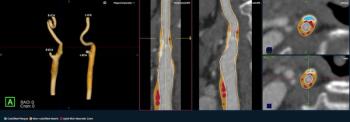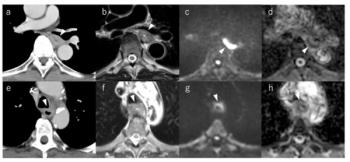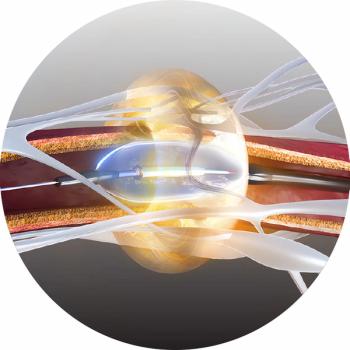Identifying common issues contributing to inadequate mammography positioning and implementing key drivers for improvement, a learning network model commissioned by the American College of Radiology (ACR) led to significant improvements, including a 59 percent improvement for passing mammography positioning criteria for one of the participating facilities.
For the multicenter study, recently published in the Journal of the American College of Radiology, participants in the ACR’s Mammography Positioning Improvement Collaborative identified common factors contributing to suboptimal positioning of patients for mammography exams.1 These factors included variability with technologist training, patient factors such as physical limitations and body habitus, and inconsistent communication between technologists and patients, according to the study.
Noting key improvement drivers, ranging from standard measurement and reporting of mammography positioning performance to bolstering feedback between technologists and radiologists, the researchers assessed the impact of targeted interventions over a 27-week period for six facilities. While there was variation between the participating facilities with use of the interventions, the study authors said common ones included the posting of mammography positioning criteria in exam rooms, weekly auditing of images obtained by technologists, the use of positioning coaches, and the incorporation of positioning education into monthly journal clubs.
Comparing baseline assessments to data from the end of the study period, the researchers noted improvements ranging from 23 percent to 59 percent in the mean weekly passing criteria for mammography positioning. The study authors found an average 35 percent improvement over the course of the study.1
“Using systematic methods for problem solving, the participating sites identified root problems and key drivers affecting mammography positioning and implemented targeted interventions to effectively address the noted barriers and achieve their improvement goal,” wrote lead study author Sarah M. Pittman, M.D., a clinical associate professor of radiology and breast imaging fellowship program director within the Department of Radiology at the Stanford University School of Medicine, and colleagues.
Three Key Takeaways
1. Common issues. The study identified several factors contributing to suboptimal mammography positioning, including variability in technologist training, patient physical limitations and body habitus, and inconsistent communication between technologists and patients.
2. Improvement strategies. Key drivers for improvement included standard measurement and reporting of mammography positioning performance, enhanced feedback between technologists and radiologists, posting mammography positioning criteria in exam rooms, weekly auditing of images, using positioning coaches, and incorporating positioning education into monthly journal clubs.
3. Significant improvements. The implementation of these targeted interventions led to significant improvements in mammography positioning performance across participating facilities with an average improvement of 35 percent over the study period and individual facility improvements ranging from 23 percent to 59 percent.
While one facility that had participated in a prior initiative to improve mammography positioning only saw a 1 percent improvement (from 86 to 87 percent) from baseline, three of the six participating facilities saw mean weekly rate improvements of 48 percent and higher at the conclusion of the study.1
For the five facilities that had not participated in a prior quality improvement project to address mammography positioning, the researchers pointed out that their weekly rates of passing positioning criteria at baseline (ranging from 20 percent to 65 percent) were similar to estimates reported in other recent literature.1-3
“This reinforces the need for further objective assessment of quality in practice as well as dedicated programs to document and improve mammography positioning performance,” added Pittman and colleagues.
(Editor’s note: For related content, see “Five Insights on Artifacts and Limitations with Contrast-Enhanced Mammography,” “FDA Clears Redesigned Mammography System from Siemens Healthineers” and “Use of Mammography AI Leads to 12 Percent CDR Increase and 20 Percent Decrease in Recall Rate.”)
In regard to study limitations, the authors acknowledged the possibility of selection bias with manual review of screening mammography exams. They also conceded that the utilization of quality improvement resources in this study may limit extrapolation of the study results to facilities that do not have those resources.
References
1. Pittman SM, Zacharias-Andrews K, Tomkins KG, Bhargavan-Chatfield M, Larson DB. The ACR mammography positioning improvement collaborative: a multicenter improvement program within a learning network framework. J Am Coll Radiol. doi: https://doi.org/10.1016/j.jacr.2024.06.013 . Published June 29, 2024. Accessed July 1, 2024.
2. Pal S, Ikeda M, Jesinger RA, Mickelsen LJ, Chen CA, Larson DB. Improving performance of mammographic breast positioning in an academic radiology practice. Am J Roentgenol. 2018;210(4):807-815.
3. Rouette J, Elfassy N, Bouganim N, Yin H, Lasry N, Aoulay L. Evaluation of the quality of mammographic breast positioning: a quality improvement study. CMAJ Open. 2021;9(2):E607-E612. https://doi:10.9778/cmajo.20200211.


































